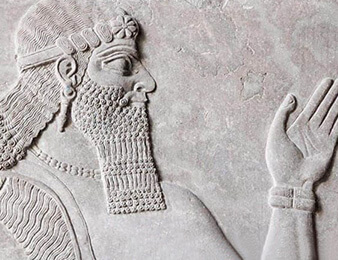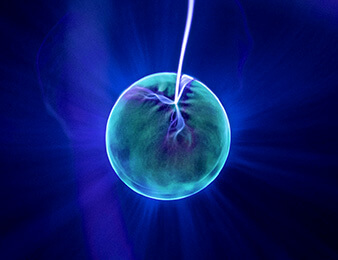Glossary of Terms
This is an alphabetical guide to the terms used by doctors in describing symptoms and treatment of epilepsy.
Its main purpose is to provide an easy reference for patients. It can be used by them when they are puzzled by medical terms which they hear when visiting their consultant or general practitioner.
It is possible that confusion could arise with the use of generic and trade names for the numerous drugs used in the treatment of epilepsy. It is hoped that the cross referencing in this list should help solve this problem.
It is not intended to be a comprehensive study of epilepsy. It is merely a summary of terms which, it is hoped, will lead to further reading.





